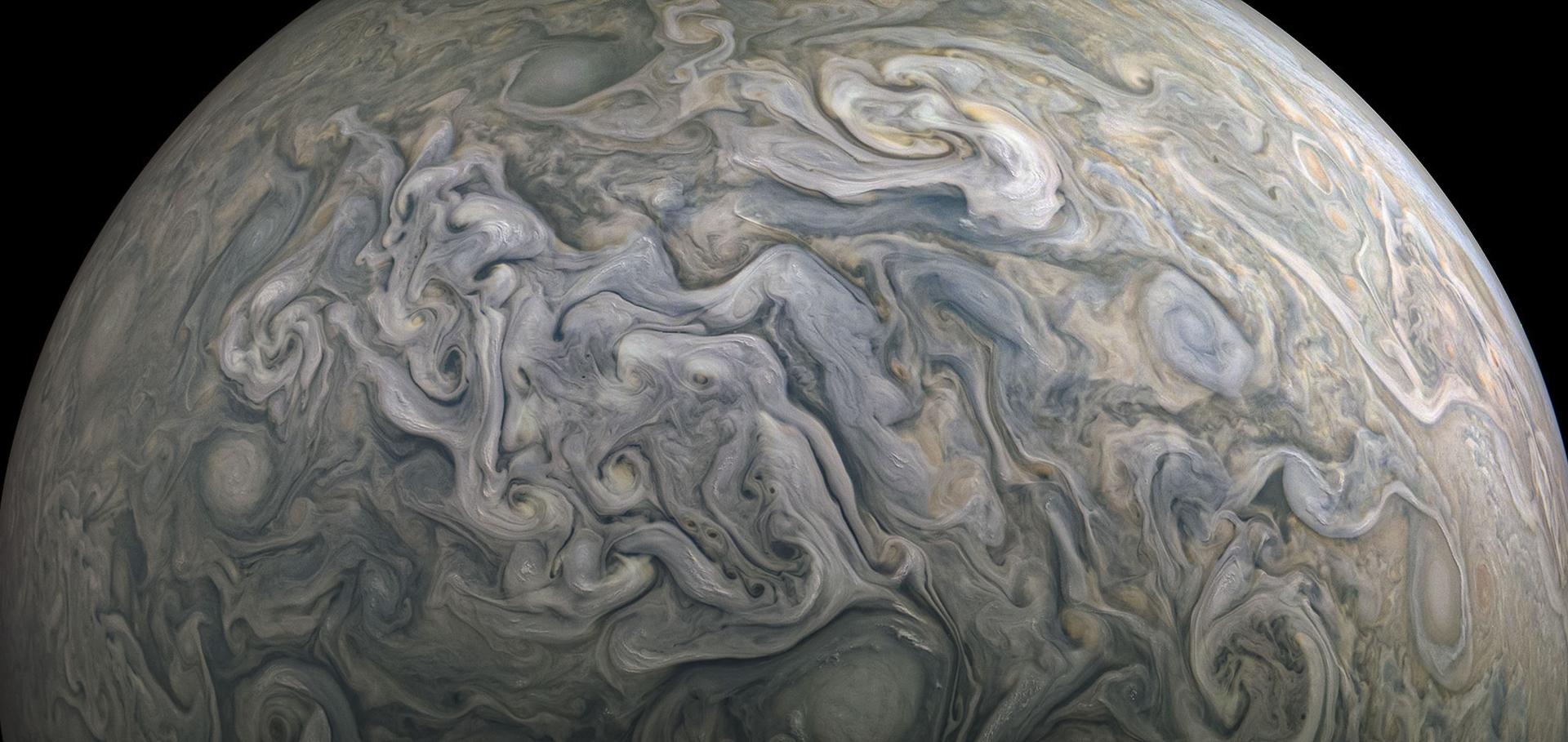Is anthropogenic global warming accelerating?
Journal of Climate American Meteorological Society 35:24 (2022) 4273-4290
Abstract:
Estimates of the anthropogenic effective radiative forcing (ERF) trend have increased by 50% since 2000 (+0.4W/m2/decade in 2000-2009 to +0.6W/m2/decade in 2010-2019), the majority of which is driven by changes in the aerosol ERF trend, due to aerosol emissions reductions. Here we study the extent to which observations of the climate system agree with these ERF assumptions. We use a large ERF ensemble from IPCC’s Sixth Assessment Report (AR6) to attribute the anthropogenic contributions to global mean surface temperature (GMST), top-of-atmosphere radiative flux, and aerosol optical depth observations. The GMST trend has increased from +0.18°C/decade in 2000-2009 to +0.35°C/decade in 2010-2019, coinciding with the anthropogenic warming trend rising from +0.19°C/decade in 2000-2009 to +0.24°C/decade in 2010-2019. This, and observed trends in top-of-atmosphere radiative fluxes and aerosol optical depths support the claim of an aerosol-induced temporary acceleration in the rate of warming. However, all three observation datasets additionally suggest smaller aerosol ERF trend changes are compatible with observations since 2000, since radiative flux and GMST trends are significantly influenced by internal variability over this period. A zero-trend-change aerosol ERF scenario results in a much smaller anthropogenic warming acceleration since 2000, but is poorly represented in AR6’s ERF ensemble. Short-term ERF trends are difficult to verify using observations, so caution is required in predictions or policy judgments that depend on them, such as estimates of current anthropogenic warming trend, and the time remaining to, or the outstanding carbon budget consistent with, 1.5°C warming. Further systematic research focused on quantifying trends and early identification of acceleration or deceleration is required.Net zero: science, origins, and implications
Annual Review of Environment and Resources Annual Reviews 47:1 (2022)
Abstract:
This review explains the science behind the drive for global net zero emissions and why this is needed to halt the ongoing rise in global temperatures. We document how the concept of net zero carbon dioxide (CO2) emissions emerged from an earlier focus on stabilization of atmospheric greenhouse gas concentrations. Using simple conceptual models of the coupled climate–carbon cycle system, we explain why approximately net zero CO2 emissions and declining net energy imbalance due to other climate drivers are required to halt global warming on multidecadal timescales, introducing important concepts, including the rate of adjustment to constant forcing and the rate of adjustment to zero emissions. The concept of net zero was taken up through the 5th Assessment Report of the Intergovernmental Panel on Climate Change and the United Nations Framework Convention on Climate Change (UNFCCC) Structured Expert Dialogue, culminating in Article 4 of the 2015 Paris Agreement. Increasing numbers of net zero targets have since been adopted by countries, cities, corporations, and investors. The degree to which any entity can claim to have achieved net zero while continuing to rely on distinct removals to compensate for ongoing emissions is at the heart of current debates over carbon markets and offsetting both inside and outside the UNFCCC. We argue that what matters here is not the precise makeup of a basket of emissions and removals at any given point in time, but the sustainability of a net zero strategy as a whole and its implications for global temperature over multidecadal timescales. Durable, climate-neutral net zero strategies require like-for-like balancing of anthropogenic greenhouse gases sources and sinks in terms of both origin (biogenic versus geological) and gas lifetime.Impact of sub-seasonal atmosphere-ocean interactions in a large ensemble
Copernicus Publications (2022)
Methane source-sink behaviour in upland trees spanning a global climate gradient
Copernicus Publications (2022)
Towards forecast-based attribution of isolated extreme events: perturbed initial condition simulations of the Pacific Northwest heatwave
Copernicus Publications (2022)


